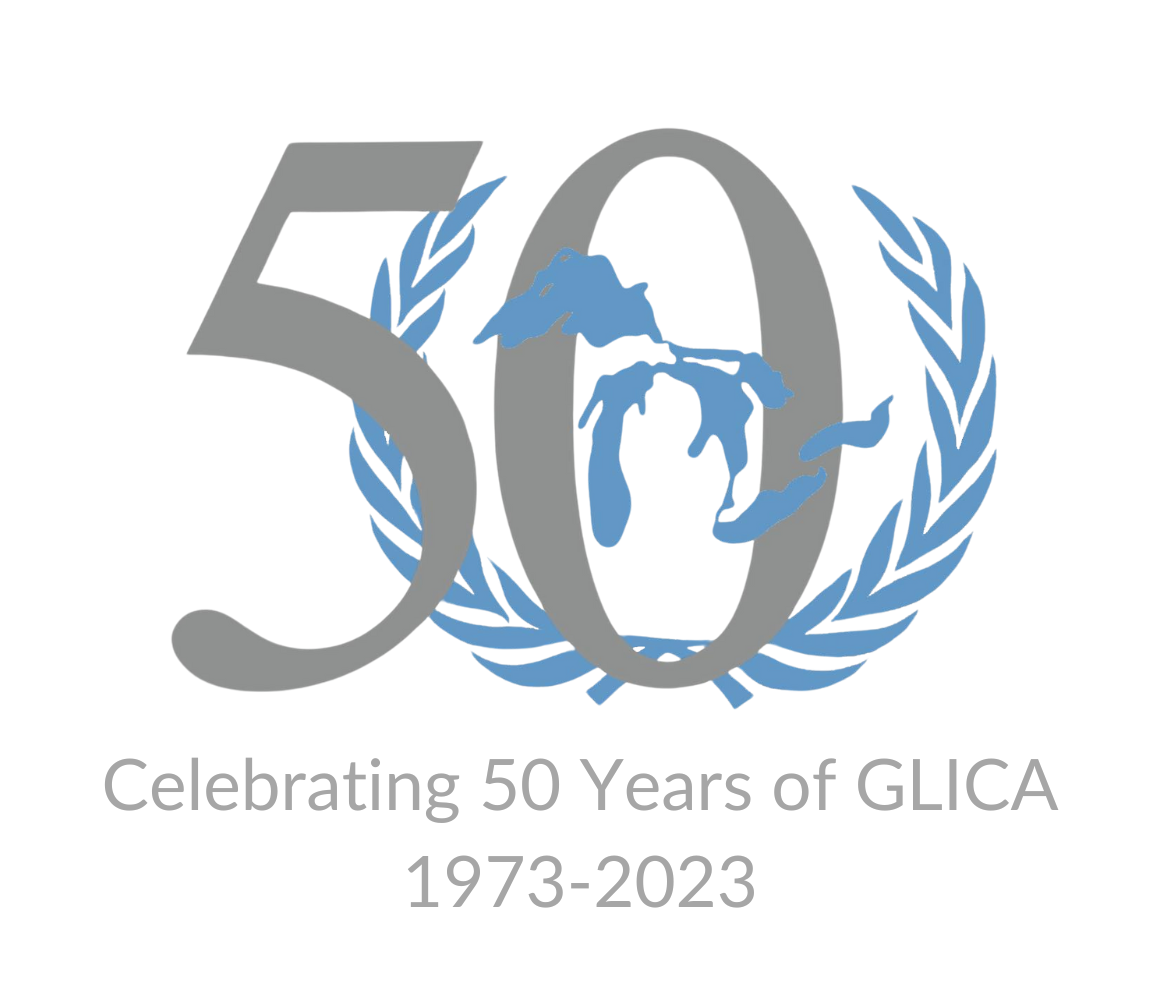Human trafficking is the illegal transportation of people against their will, for the purpose of exploitation. In 2009, the United Nations Office of Drugs and Crime (UNODC) released the “Global Report on Trafficking in Persons,” which found that roughly 80% of human trafficking is for the purpose of sexual exploitation, while almost 20% is for forced labor. In recent years, these dynamics have changed to reflect a greater emphasis on forced labor rather than sexual exploitation. Worldwide, some 20% of trafficking victims were children. However, in some regions of Africa and the Mekong Region of Southeast Asia, children make up the majority (up to approximately 100%) of victims. Historically, the most vulnerable populations are those afforded the fewest rights – such as women, children, minorities, and migrants. Human trafficking is viewed by the United Nations as a form of modern day slavery.
The UN has attempted to address the global crisis of human trafficking. The UN General Assembly adopted the Protocol to Prevent, Suppress and Punish Trafficking in Persons, Especially Women and Children in 2000, as an attempt to assist countries in an international campaign to end human trafficking. Some committees dedicated to solving, or at least alleviating, the human trafficking crisis include the Global Migration Group and the Inter-Agency Coordination Group against Trafficking in Persons, as established in Resolution 61/180. These organizations endeavor to put a stop to human trafficking using a variety of methods, including increased coordination of national and international law enforcement, holding traffickers responsible through prosecution, and facilitating increased respect for and protection of the human rights of disadvantaged and vulnerable populations. However, human trafficking remains a global issue, and increasing numbers of migrants worldwide have resulted in a larger population of people vulnerable to trafficking.
The international community faces a complex problem when it comes to fighting human trafficking. Economically, there is a need to disincentivize the exploitation of trafficked persons. As international travel becomes easier and more frequent, the global community is faced with the task of identifying victims of human trafficking. Getting to the core of the problem are the factors which make individuals vulnerable to trafficking, underscoring the importance of empowering women, children, minorities, and migrants. What responsibilities do international companies bear in eliminating human trafficking? What circumstances lead to the exploitation of vulnerable people? What circumstances encourage traffickers to engage in the trade of people in the first place?


